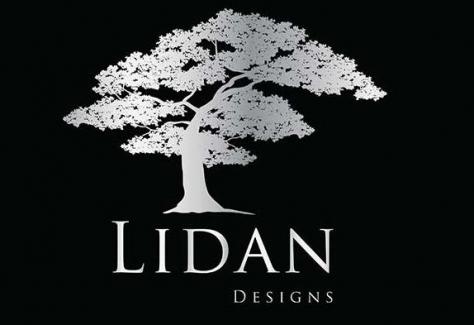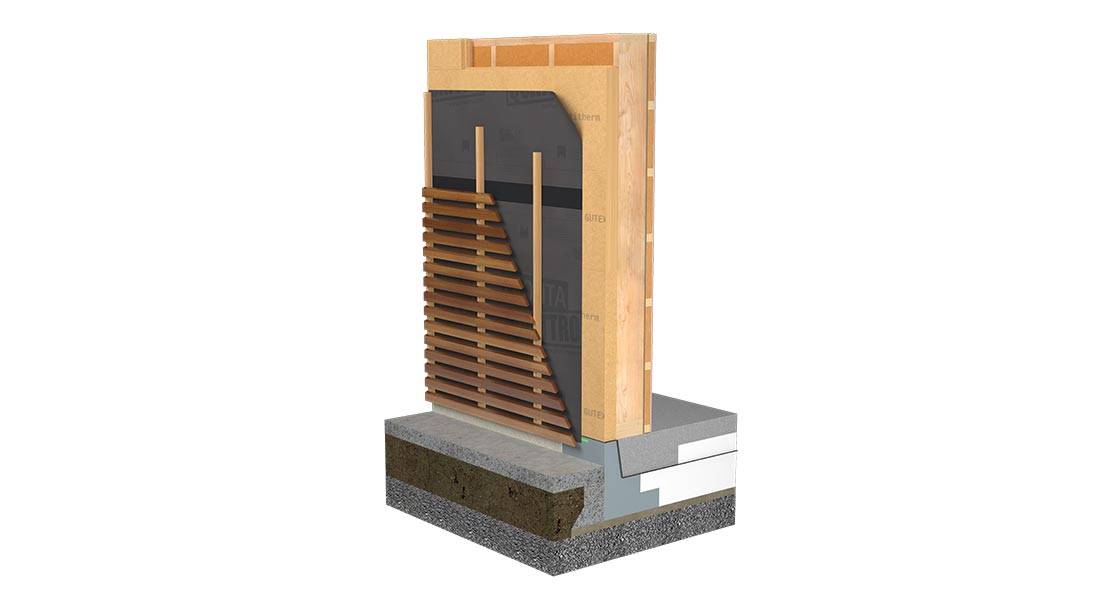
- Marketplace
- Posted
Tackling carbon emissions with Passive EcoWall
Carbon emissions originating from the construction and operation of buildings in Ireland constitute a significant portion of the country’s overall emissions, amounting to 37 per cent.
This article was originally published in issue 46 of Passive House Plus magazine. Want immediate access to all back issues and exclusive extra content? Click here to subscribe for as little as €15, or click here to receive the next issue free of charge
Of this, 23 per cent can be attributed to the heating, cooling, and lighting of buildings, while the remaining 14 per cent represents embodied emissions, often regarded as the “carbon blind spot” within the construction industry.
To achieve the ambitious target of halving national emissions by 2030, as mandated by the Climate Action Act, it is imperative to address both operational and embodied carbon emissions in the built environment. This entails adopting strategies such as optimising existing buildings, prioritising low-carbon materials and designs, and employing energy- efficient construction methods.
In response to this challenge, Ecological Building Systems has introduced the Passive EcoWall concept, which offers exceptional thermal efficiency, exceeding NZEB requirements, and incorporating materials with lower, or even carbon neutral emissions.
Passive EcoWall follows proven passive house principles and includes elements like Gutex woodfibre natural insulation, Finsa Superpan VapourStop airtight racking boards, and the Pro Clima Intelligent airtightness system.
Several certified passive homes and modular buildings in Ireland have demonstrated reduced energy consumption and increased comfort through this system. It can also feature alternative natural insulation options such as Thermafleece sheepwool or Thermo Hemp Combi Jute, a natural insulation made from upcycled hemp and jute fibres.
Most recently, Roscommon-based timber frame manufacturer, Lidan Designs, adopted the Passive EcoWall concept for a 200 m² school building in Cork which recently featured in Passive House Plus. This achieved an impressive embodied carbon score of 249.3kg CO₂e/m², surpassing targets set by the Royal Institute of Architects in Ireland and the 2030 Climate Challenge for schools. The building also received an A+ rating on the Low Energy Transformation Initiative (LETI) scale for its up-front and whole life carbon emissions and meets the requirements for nZEB and hits passive house airtightness levels. Large scale projects like this demonstrate the feasibility of using natural materials, with lower embodied carbon, for high-performance modular buildings in Ireland.
Passive EcoWall offers specifiers and designers a comprehensive, unique, “off the shelf” specification for timber frame construction. The system is supplied with a clear, comprehensive set of detailed drawings with a focus of thermal continuity and optimum airtightness and windtightness details. Adopting such construction techniques and natural materials ensures industry can effectively address not only operational emissions, but also embodied emissions, thus playing a pivotal role in Ireland’s sustainable building future
Related items
-
 Build Homes Better updates Isoquick certification to tackle brick support challenge
Build Homes Better updates Isoquick certification to tackle brick support challenge -
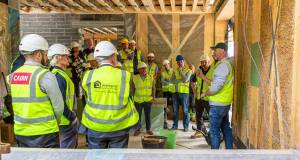 Ecological Building Systems expands UK and Irish straw panel construction with EcoCocon deal
Ecological Building Systems expands UK and Irish straw panel construction with EcoCocon deal -
 Grant’s Aerona R290: A next-gen heat pump designed for the Irish climate
Grant’s Aerona R290: A next-gen heat pump designed for the Irish climate -
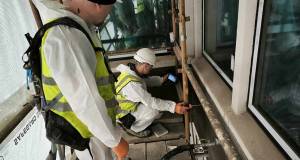 Historic Dublin building retrofitted with cutting edge insulation
Historic Dublin building retrofitted with cutting edge insulation -
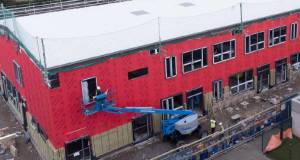 Proctor gains ground with Scottish passive schools
Proctor gains ground with Scottish passive schools -
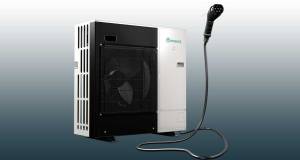 Heat pump and EV charger combo promises smart energy use
Heat pump and EV charger combo promises smart energy use


